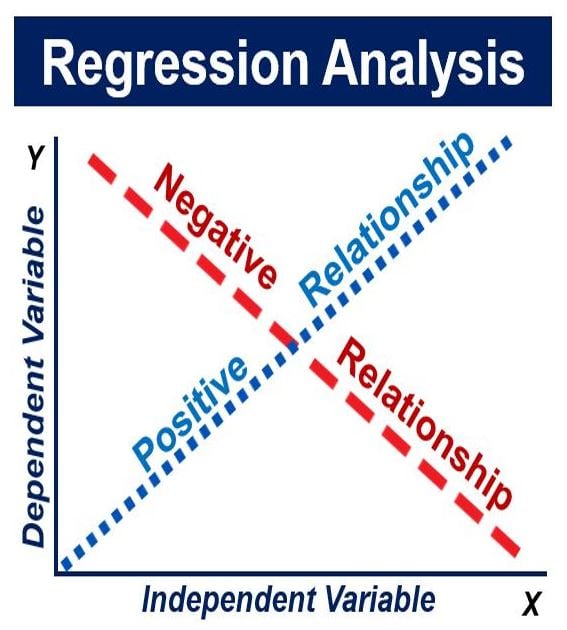
Health status of Pakistan
·
Good health is pivotal to mankind’s
well-being and happiness that contributes significantly to prosperity and even
economic progress, as healthy population is more productive, earn more income
and live longer.
·
A balanced diet, good hygienic habits,
staying in a proper shelter and getting enough sleep are the basic requirements
for a healthy life cycle.
·
Good health and nutrition play a pivotal
role in socio-economic development of a country, whereas malnutrition and poor
health are considered as barriers to socio-economic development.
·
Human welfare directly depends on good
health and is also one of the main components that determine income levels
·
The COVID-19 pandemic has tested country’s
health infrastructure and identified need for more investment in health sector
especially for diagnostic facilities, disease surveillance, disease prevention
and spread, training of health personnel and their protection from pandemic,
vaccine development, up-grading health care infrastructure, emergency rooms,
intensive care units, isolation wards and public awareness
Regional Comparison
·
Socio-economic factors such as health,
education, income, employment etc., are closely interlinked with Human
Development Indicators. Pakistan has shown improvement in health indicators
over the last three years.
·
Life expectancy is increased from 66.9
years in 2017 to 67.3 years in 2019, but is still behind in the region. The
infant mortality rate, maternal mortality and population growth rate have been
decreased during the last three years.
Health Status
·
In order to make substantial progress on
Goal 3 of Sustainable Development Goals (Good Health and Wellbeing), Government
of Pakistan has given priority to strengthen health sector to further resolve
and address the outbreak of COVID-19 pandemic.
·
Enhanced effective coverage of skilled
birth attendants, improved public sector health facilities, increased number of
Basic Health Units (BHUs) and Rural Health Clinics (RHCs) equipped with
essential services are the reflection of these priorities.
·
To enable effective family planning, pre-
and post-pregnancy care and neonatal care, the Lady Health Workers (LHW)
programme revitalized through adequate training, support and a revised service
structure.
·
Pakistan’s Infant Mortality Rate (IMR) has
declined from 62.1 deaths per 1,000 live births in 2015 to 55.7 in 2019, while
Neonatal Mortality Rate declined from 45.2 deaths per 1,000 live births in 2015
to 41.2 in 2019.
·
Percentage of birth attended by skilled
health personnel is increased from 58 percent in 2015 to 68 percent in 2020
(PSLM, 2019-20). Maternal Mortality Ratio fell from 276 maternal deaths per
100,000 births in 2006, to 189 in 2019
·
Government is committed to increase its
critical workforce from 1.45 to 4.45 per 1,000 persons, in line with World
Health Organization (WHO) guidelines. With a population growth rate of 1.9
percent, Pakistan’s contraceptive prevalence rate in 2019 stayed stagnant at
34.0 percent.
·
Pakistan’s tuberculosis incidence is of
263 per 100,000 population and HIV prevalence rate is 0.1 per 1,000 population
in 2019 while, mortality from non-communicable diseases (NCDs) is 59.9 percent.
Pakistan is exploring dedicated actions to curb the rising burden of NCDs,
although, many of its efforts have been severally affected by COVID-19 pandemic
repercussions.
·
Due to increasing demand in public health
service delivery, the health services delivery infrastructure has expanded
significantly. By the year 2020, national health infrastructure comprised of
1,282 hospitals, 5,472 BHUs, 670 RHCs, 5,743 Dispensaries, 752 Maternity &
Child Health Centres and 412 TB centres, while the total availability of beds
in these health facilities have been estimated at 133,707. There are 245,987
registered doctors, 27,360 registered dentists and 116,659 registered nurses in
these facilities together.
Health Expenditures
·
Health expenditures have increased
gradually since 2011-12. The health-related expenditure increased by 14.3
percent from Rs 421.8 billion in 2018-19 to Rs 482.3 billion in 2019-20. Public
sector expenditure on health was estimated at 1.2 percent of GDP in 2019-20, as
compared to 1.1 percent in 2018-19.
Health Sector Projects
Health Sector Projects of Federal PSDP during
FY2021 After the passage of 18th constitutional amendment, provision of health
services is the mandate of the provincial governments however, the Federal
Government has supported various health related projects through Public Sector
Development Programme (PSDP), for fulfillment of Sustainable Development Goals
(SDGs) and overall health status in the country. During FY2021, PSDP
allocations of Rs 20,193.9 million were made for 71 health sector projects. The
details are given in table 11.5 below
In
addition, government has introduced an especial programme with an outlay of Rs
70 billion to mitigate the impact of COVID-19 pandemic. The programme is
focusing on upgrading health care facilities, sewerage system, solid waste
management, clean drinking water and education.
The
salient features of PSDP programmes related to health sector are as follows:
i)
Sehat Sahulat Programme
ii)
"Ehsaas" Programme, Family
Planning and Primary Healthcare Programme (FP&PHC)
iii)
Expanded Programme for Immunization
iv)
Polio Eradication Initiative (PEI)
Programme
v)
National Health Emergency Preparedness
& Response Network
vi)
Safe Blood Transfusion Services (SBTS)
Programme
vii)
vii) Malaria Control Programme
viii)
Human Immunodeficiency Virus (HIV) /
Acquired Immunodeficiency Syndrome (AIDS) Control Programme
ix)
x) Civil Registration and Vital Statistics
(CRVS)











